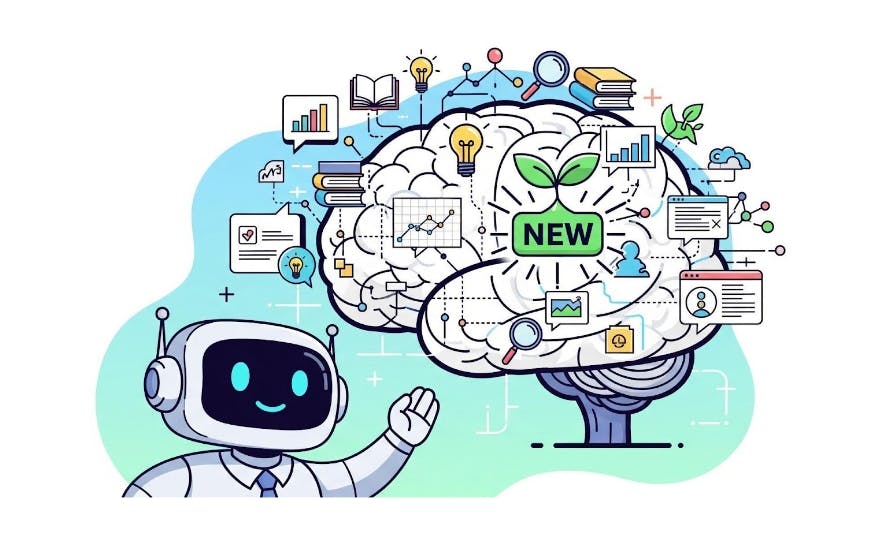Summary
- The Pixel 10 Pro’s 48-megapixel telephoto camera beats anything on an iPhone, even if Google needs to fix some softness issues.
- Gemini Live and AI photo editing show just how far ahead Google is in the race to deliver useful AI tech. Apple may catch up in 2026 — if it’s lucky.
- The combination of Google Home with the Pixel 10’s Gemini integration offers some serious smart home potential. Apple is still struggling to deliver on existing HomeKit features.
I’ll be honest here — given how much my iPhone 16 Pro cost me, I’m unlikely to jump to any new phone in the near future. It has its downsides, but I’m willing to put up with them. And as a whole, I’m actually very happy with it. It’s fast, most of the photos and videos it takes are excellent, and having an always-on display makes a big difference. My iPhone sits propped up during the workday so I can check notifications at a glance. Overnight, StandBy mode lets me check the time and temperature while staying half-awake.
Whenever I look at the Pixel 10 series, though, there are a few things I’m jealous of. I’ll see if the iPhone 17 tips the scales in the opposite direction, but Google is doing enough things right that I wonder if I shouldn’t hop the fence the next time I have enough money for a major upgrade.
- Brand
-
Google
- SoC
-
Tensor G5
- Display
-
6.3-inch Super Actua display 1280 x 2856 pixel resolution OLED (1-120Hz)
- RAM
-
16GB
- Storage
-
128GB, 256GB, 512GB, 1TB
- Battery
-
4,870mAh, 30+ hours of battery life
The Pixel 10 Pro features Google’s new Tensor G5 chip, 16GB of RAM, and 128GB, 256GB, 512GB or 1TB of storage. The smartphone’s overall design looks very similar to its predecessor, including its sprawling camera bump.
A superior telephoto camera
Putting pixels where they count
As I’ve said many times, one of the core rules of photography is that you should fill the frame with your subject. Dead space is only alright as long as it’s intentional. That makes the telephoto camera on a phone a vital tool, especially if you’re shooting an event where you’re not allowed to get any closer to a stage or altar. It boggles the mind that any phone maker thought an ultra-wide camera would be preferable.
Under bright conditions, the iPhone 16’s Pro’s 12-megapixel, 5x telephoto can shoot great images. In anything less than that, however, noise and motion blur start to become problems, despite the help of optical image stabilization (OIS). That’s in contrast with the phone’s 48-megapixel main camera, which is so effective at low-light photography that I can get usable results when the only illumination is an iPad screen.
The telephoto on the base Pixel 10 is fine, but the Pixel 10 Pro — the iPhone 16 Pro’s direct competition — leaps ahead with a larger 48-megapixel sensor, which improves its low-light performance substantially. Pixel images are further enhanced with AI, in some cases enabling zoom well beyond what the physical lenses would allow. There have been complaints about shots being too soft, but hopefully, that’s something Google can remedy with a software patch.
Gemini Live
Sometimes, chatbots are actually useful
Apple’s Siri assistant is woefully behind the curve, as anyone who’s used it recently can tell you. In fact, the best part about it at the moment is its ChatGPT integration — if you ask a question Siri can’t handle, which is often, letting it kick the request over to ChatGPT will provide a thorough response without forcing you to tap on a web link. I still doublecheck important facts, but it’s nice to have an assistant that does more than set reminders, send texts, or tell me the weather forecast.
Gemini integration is everywhere on the Pixel 10, as you might imagine, going well beyond general knowledge questions. You can for example ask for Google Maps directions to your local PEV repair shop, then post them in a group chat, all using a single voice command. That sort of app integration is only coming to Siri in 2026.
Nothing exemplifies the technology gap better than Gemini Live. With that, you can not only talk to Gemini in real-time, but ask about the things you’re seeing in front of you. On an iPhone, the best you can do is Visual Intelligence, which only lets you snapshot one thing at a time.
Voice-controlled photo editing
Simplifying things for pros and casual users alike
Coming from a pro photo background, I know my way around the most essential aspects of photo editing. I won’t pretend to be an expert — I hate using masks in Photoshop — but I know how to clean up dust and blemishes, or tweak elements like tint, saturation, exposure, and black points to produce something that pops. On my iPhone, I sometimes find myself correcting Apple’s automatic adjustments.
Google’s voice-controlled photo editing feels nigh-on miraculous, since it accomplishes things that would be tricky or tedious to do with Photoshop, never mind touchscreen controls. It can not only adjust global settings, but ones for individual objects, and add or remove those objects at will. A command like “Remove the glare, brighten the photo, and add clouds to the sky” will genuinely work. At a certain point, you’re tossing authenticity out the window, but that’s fine by me as long as you’re transparent about it. Certainly, Google’s technology would save me a lot of trouble preparing product shots.
It helps to know some basic editing terms. If all else fails though, commands like “make it better” or “restore this photo” can still accomplish something. I’m almost scared of what editing will look like in a few years — raw, unedited phone images might be a thing of the past.
Deeper Google Home integration
The (re)start of a beautiful friendship
It’s no secret that Google Home, the company’s smart home plafform, has been rocky for a while. Many products have either been discontinued or allowed to stagnate — the last Nest Hub refresh was in 2021, for instance. Meanwhile, the transition from Assistant to Gemini has occasionally broken automations and voice commands that people depend on. A nap routine I created stopped doing something as basic as shuffling music on Spotify.
Google seems to be gradually righting the ship, though, and when it’s firing on all cylinders, Google Home tends to be more reliable than Apple’s HomeKit. Indeed HomeKit is infamously prone to “no response” errors, no matter how solid your Wi-Fi is, or sometimes even how many Apple TVs or HomePods you have. With Google Home, all you really need is a first-party device that can act as a Matter controller and Thread border router, and you’re good to go.
Because Gemini is omnipresent not just on the Pixel 10, but across Google services, some wild commands and automations are possible. Already, saying “the sun is too bright in the living room” can close your shades, and a “movie night” routine can not only dim the lights and turn on your TV, but scour Google TV apps for movies according to specific criteria. As Gemini evolves and new accessories are released, there’s a lot of potential. Imagine being able to say “I’m headed out on vacation next week. Can you make sure my home is clean and safe?” and have your vacuum and security system automatically run an appropriate routine.
Siri is a long ways off from that — it doesn’t even support multiple commands in a single sentence. Apple might be able to fix that by the end of 2026, but I’m not holding my breath.













